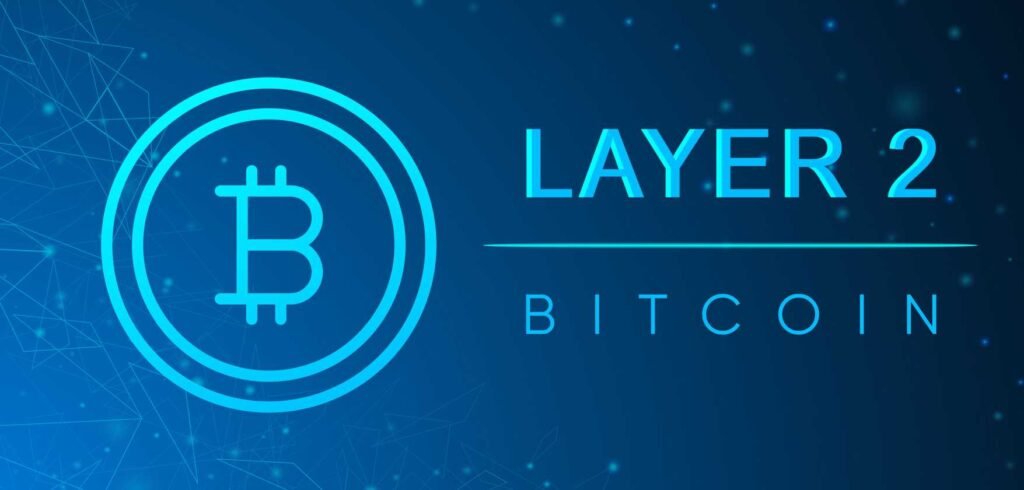Spark: Lightspark’s Bitcoin Layer 2 has formally released Spark, its Bitcoin Layer 2 (L2) protocol. The mainnet is a significant change for the cryptocurrency ecosystem. With an eye toward stablecoin integration and the Lightning Network, this measure seeks to improve Bitcoin transaction scalability and efficiency.
Spark is an open-source, high-performance Bitcoin L2 solution that enables fast, cheap, self-custodial transactions. It runs effortlessly on the Lightning Network, so users may natively send and receive Bitcoin and tokens. Using Bitcoin’s security, Spark tackles the scaling issues inherent in Bitcoin’s base layer. The Lightning Network’s speed provides a more effective solution for consumers and developers.
Key Features and Capabilities
Spark introduces several notable features:
Native Bitcoin and Token Support: Spark allows issuing and transferring Bitcoin and other tokens, including stablecoins, within its ecosystem.
Self-Custodial Transactions: Users fully control their assets, ensuring enhanced security and autonomy.
Lightning Network Integration: Spark is fully compatible with the Lightning Network, facilitating rapid and cost-effective transactions.
Open-Source Protocol: As an open-source initiative, Spark encourages community involvement and transparency in its development.
Strategic Partnerships and Market Expansion
The adoption and spread of Spark depend heavily on Lightspark’s strategic alliances. Working with Coinbase, the company has integrated Bitcoin Lightning payments, improving transaction efficiency and providing consumers with quicker, less expensive Bitcoin transactions. This cooperation emphasizes the increasing need for scalable Bitcoin solutions and the Lightning Network’s ability to transform digital payments.
Targeting Latin America for growth as well, Lightspark wants to have 250 million users in the following year. The area’s openness to distributed financial solutions and the presence of partners like Bitso and Nubank offer a strong basis for global operation growth.
Future Developments
Looking ahead, Lightspark intends to introduce two more products using Spark’s capabilities:
Wallet-as-a-Service: A platform that empowers developers to create fast, cost-effective, self-custodial wallets that are fully interoperable with Lightning and supporting assets like stablecoins.
Stablecoin Issuance: A platform enabling stablecoin issuers to bring their stablecoins to Bitcoin, the largest and most secure crypto network.
These projects seek to improve Spark’s usefulness and acceptance even further, thereby establishing it as a pillar in the development of Bitcoin’s financial architecture.
Conclusion
Spark’s mainnet release marks notable progress in Bitcoin’s scalability and usability. By offering a trust-minimized, open-source solution that easily connects with the Lightning Network, Spark solves major problems in the Bitcoin ecosystem. Lightspark is positioned to be very important in determining the direction of distributed finance on the Bitcoin network using strategic alliances and future development plans.
